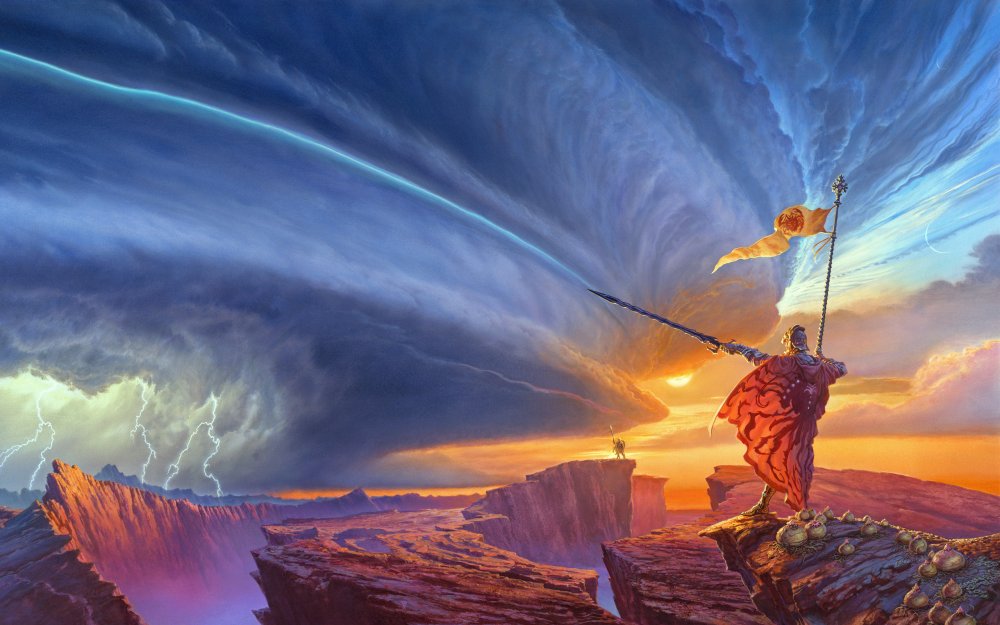
When it comes to Brandon Sanderson, there is certainly never a lack of content. Sanderson is often known for the amount of raw writing in his stories, and “The Way of Kings” is no exception.
Published in 2010 and the first of the ten-book long “Stormlight Archive” series, “The Way of Kings” is a succinct example of everything people love and hate about Sanderson’s writing.
Sanderson relays the plot through several different points of view: Kaladin’s, Shallan’s, Dalinar’s and Szeth’s.
The story revolves around a complicated political situation within the country of Alethkar after the assassination of the previous king.
Every character has their distinct motivations and represents a wide array of circumstances. This technique allows the reader to have an interestingly broad overview of the story.
Sanderson excels in several places throughout the novel, primarily in worldbuilding.
The world feels large and lived in, with an extensive history constantly alluded to without being fully revealed. The glimpses of history given through some interludes between chapters are perplexing and provide a real sense of building mystery.
The chapters from Szeth’s point of view are fascinating regarding worldbuilding. His distance to the rest of the story allows Sanderson to expand and flex the strength of his worldbuilding.
A prominent feature of Sanderson’s writing that people often discuss is his construction of magic systems, and in “The Way of Kings” he doesn’t disappoint.
The system of magic used within the novel revolves around absorbing Stormlight and exerting it in various ways.
Some, like Szeth, can manipulate gravity, and several other uses are alluded to possessing this power throughout the novel. Seeing these powers in action is exceedingly entertaining. Overall, action scenes are executed very well throughout the book.
Character interactions are also a very entertaining and engaging portion of the novel, even if the characters themselves are not necessarily the best written.
The portions featuring Kaladin and Shallan show interesting exchanges that are fun to read. However,, the characters often feel somewhat flat and unchanging, which doesn’t improve much throughout the rest of the series.
While the overall worldbuilding and interactions are incredibly fun to read and experience, much of Sanderson’s writing doesn’t come across as distinctly unique or engaging.
While this doesn’t necessarily harm the overall experience of the story, it forces the worldbuilding to do a lot of heavy lifting.
By that same token, the interactions do a lot of heavy lifting for the characters, and they do not have the most exciting and dynamic personalities.
While it may have minor problems, “The Way of Kings” is absolutely an entertaining read.
The strength of its worldbuilding alone is enough to recommend it, and the possibilities that Sanderson teases in the final half of the book sets up the rest of the series in an intriguing way.
Sanderson creates a very engaging story and a world for it despite some minor hiccups.
